In the world of budget tech, few devices manage to leave a lasting impression, but my Chuwi VI8 Pro was an exception. Back in 2015, when dual-boot tablets were still a novelty, this little device caught my attention for its unbelievable price-to-performance ratio. At just RM 380, it was one of the cheapest Windows and Android tablets on the market. Despite its affordability, it turned out to be one of the most memorable gadgets I've ever owned.
Cheap But Surprisingly Capable
For a tablet that cost less than a mid-range smartphone, the Chuwi VI8 Pro packed quite a punch. It featured an 8-inch 1280x800 IPS display, an Intel Atom Z3735F processor, 2GB of RAM, and 64GB of storage. This was more than enough for light productivity, media consumption, and some casual gaming. While it was never meant to be a powerhouse, it handled Windows 10 and Android 4.4 with ease, making it a flexible tool for different needs.
Plastic Build, But a Great Display
The build quality was nothing to shout about—it was full plastic, and you could feel the budget nature of the device. However, what Chuwi skimped on in materials, they made up for in the screen. The 8-inch IPS panel was bright and had surprisingly good color accuracy. Watching YouTube videos or reading PDFs was enjoyable, and despite its price, the display never felt like a compromise.
Survived Over 100 Drops!
One of the most shocking aspects of my Chuwi VI8 Pro was its durability. While I've never been known for being overly careful with my devices, this tablet endured a staggering number of drops—more than 100 times over its lifespan! It survived falls from desks, beds, and even accidental slips from my hands while commuting. Sure, the plastic casing developed some scuffs, but the screen never cracked, and it continued working like a champ.
Dual Boot and Custom Flashing Fun
My particular version of the Chuwi VI8 Pro came with 64GB of storage, which allowed me to split it into two partitions: 40GB for Windows and the remaining space for Android. This dual-boot capability was one of my favorite features since it allowed me to switch between productivity tasks in Windows and casual Android gaming with ease. Of course, being a tinkerer, I couldn't resist customizing the Android side. I flashed custom ROMs multiple times, tweaking performance and optimizing battery life.
Battery Life: Android vs. Windows
Battery life on the Chuwi VI8 Pro was a mixed bag. Running Android, it was excellent—I could get a full day of moderate usage without needing to recharge. Windows, on the other hand, was another story. While it was perfectly usable, battery life hovered around 3-4 hours of screen time, which wasn't great for long work sessions. Still, given its price, I couldn't really complain.
Specs That Punched Above Their Weight
For a budget device, the Chuwi VI8 Pro had an impressive spec sheet:
Ubuntu Experimentation: A Tough Battle
At one point, I decided to push the limits of my Chuwi VI8 Pro by attempting to install Ubuntu. Surprisingly, it worked! The system booted up, and I was able to navigate and run Linux applications. However, the biggest challenge was getting the touchscreen drivers to function properly. Despite several attempts, I couldn't get it to work smoothly, so the experiment was short-lived. Still, it was an interesting experience that proved how versatile this little tablet could be.
More Than Just a Tablet – A Trusted Companion
Even though the Chuwi VI8 Pro was an entry-level device, it served me faithfully for over four years. Whether I was using it to browse the web, stream movies, or experiment with new software, it never let me down. It was far from perfect, but it was an amazing value for money and provided a level of flexibility that was rare in such an affordable package.
The Teclast X98 Upgrade – But Chuwi Remains Special
Eventually, I moved on to the Teclast X98, a more premium tablet with better build quality and performance. While the Teclast was objectively the superior device, I still found myself missing the Chuwi VI8 Pro. Maybe it was the nostalgia, or maybe it was the sheer number of memories attached to it, but even years later, I still consider it one of my all-time favorite devices. It may not have been the best tablet in the world, but it was the one that made the biggest impact on me.



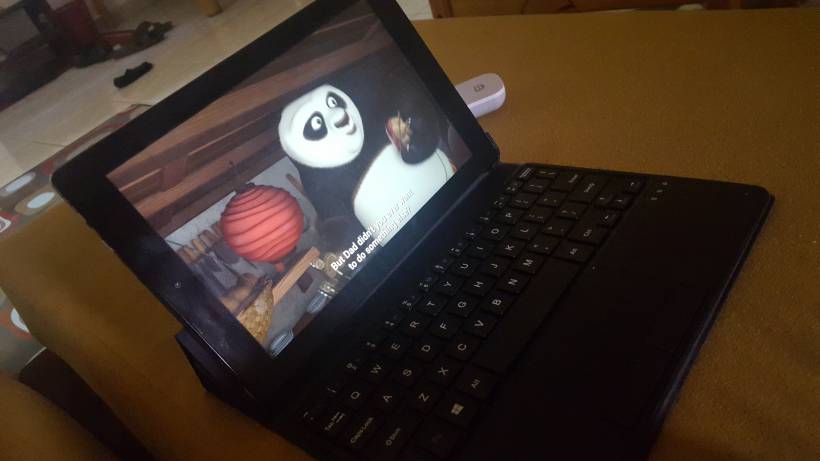
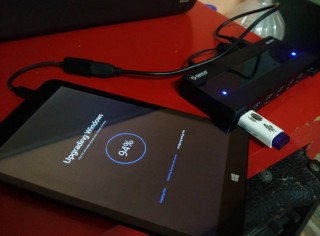
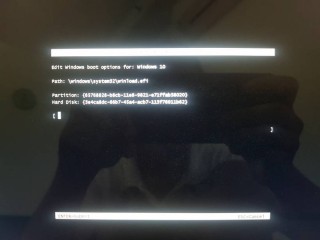
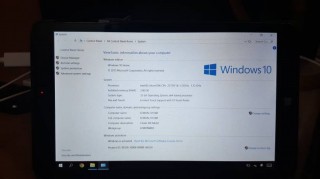
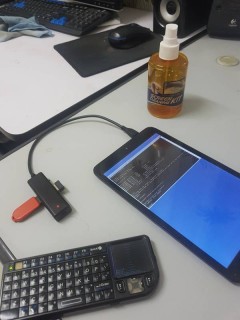
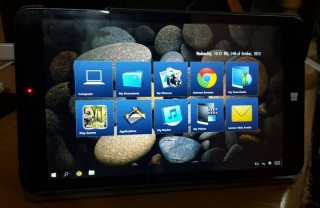

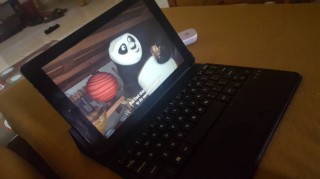
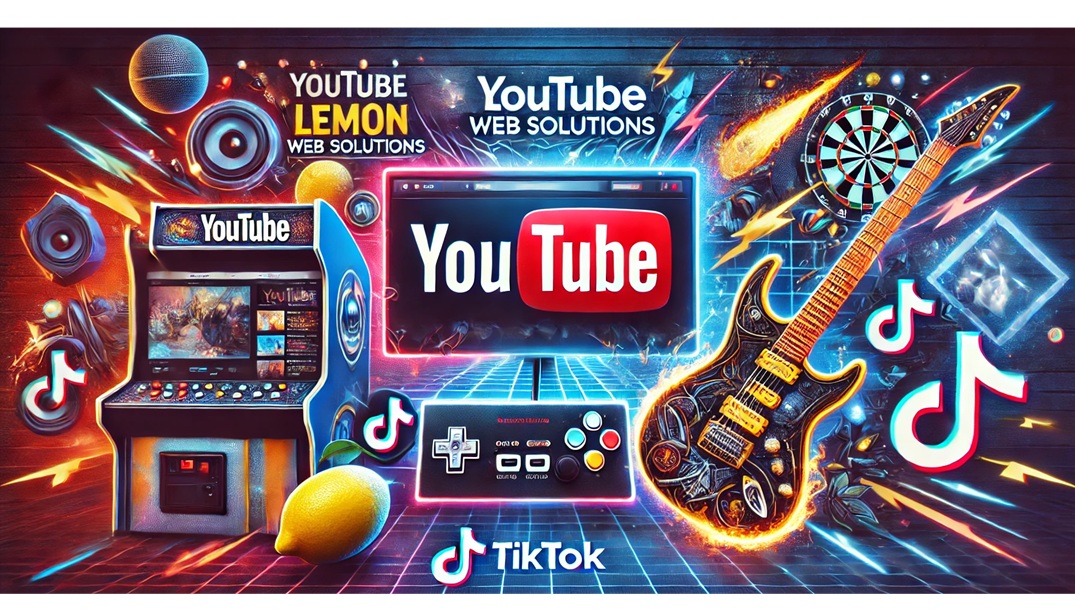

Comments